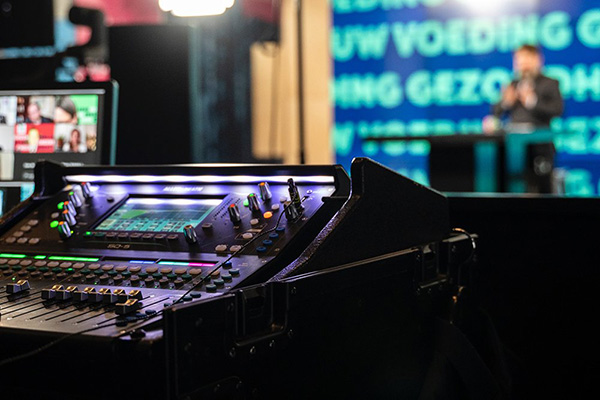01
Public Meetings and Hearings
Government institutions, such as city councils, legislative bodies, and public agencies, can live stream their meetings and hearings. This allows the public to observe the decision-making process, stay informed about policy discussions, and provide input on important matters.
02
Press Conferences and Announcements
Government officials can use live streaming to conduct press conferences and make important announcements. This enables journalists and the public to receive information directly from government representatives in real-time, fostering transparency and accurate reporting.
03
Town Hall Meetings and Q&A Sessions
Live streaming can be employed to host virtual town hall meetings and interactive Q&A sessions with government officials. This allows constituents to engage with their representatives, ask questions, and voice their concerns from remote locations.
04
Educational Programs and Workshops
Government institutions can use live streaming to provide educational programs, workshops, and training sessions on various topics. This enables citizens, businesses, and organizations to access valuable information, resources, and expert insights.
05
Election Coverage and Candidate Debates
Live streaming can be used during election periods to provide coverage of campaign events, candidate debates, and election results. This allows the public to stay informed about the electoral process and make educated voting decisions.

06
Public Safety Updates and Emergency Broadcasts
Government institutions can utilize live streaming to provide public safety updates, emergency broadcasts, and disaster response information. This ensures that citizens receive timely and critical information during emergencies or crisis situations.
07
Community Engagement Events
Live streaming can be employed to broadcast community engagement events organized by government institutions, such as workshops, forums, and public consultations. This enables broader participation and feedback from citizens who may not be able to attend in person.
08
Policy Presentations and Legislative Sessions
Government institutions can live stream policy presentations, legislative sessions, and committee meetings. This allows the public to witness the development and deliberation of legislation, promoting transparency and public accountability.
It's important for government institutions to ensure that live streaming workflows comply with legal and privacy regulations, provide accessibility options, and consider the diverse needs of the population they serve.


